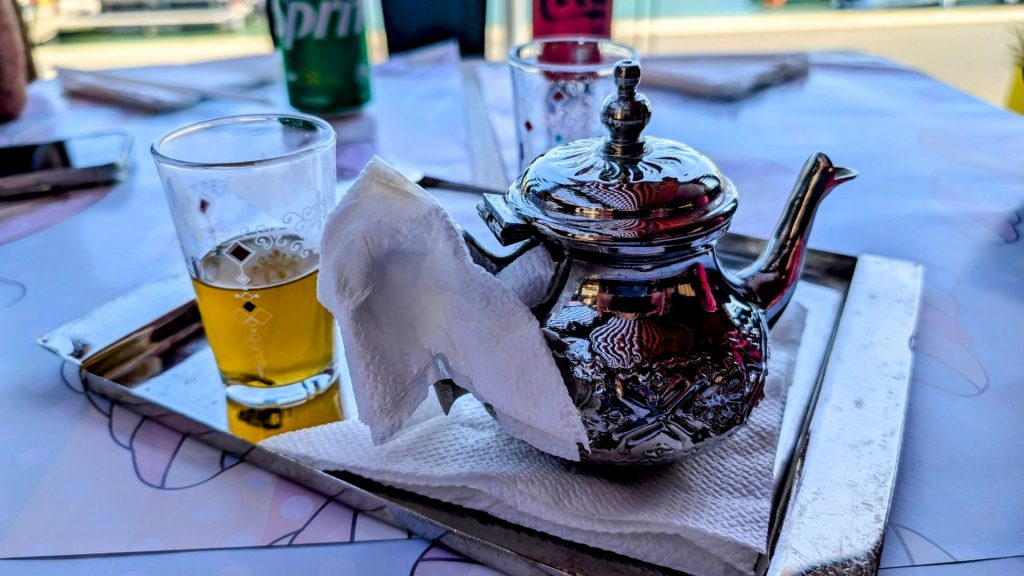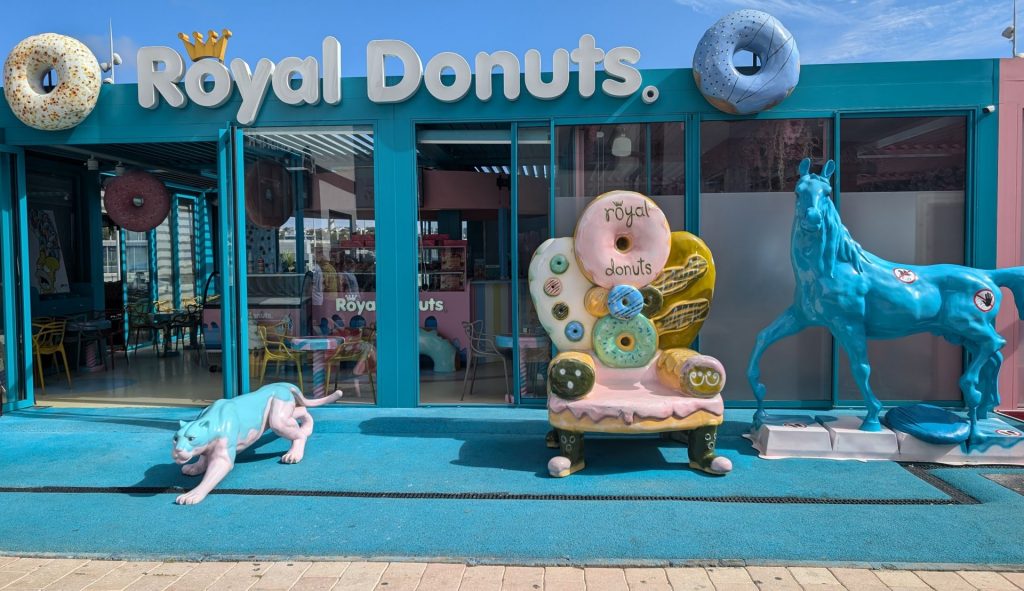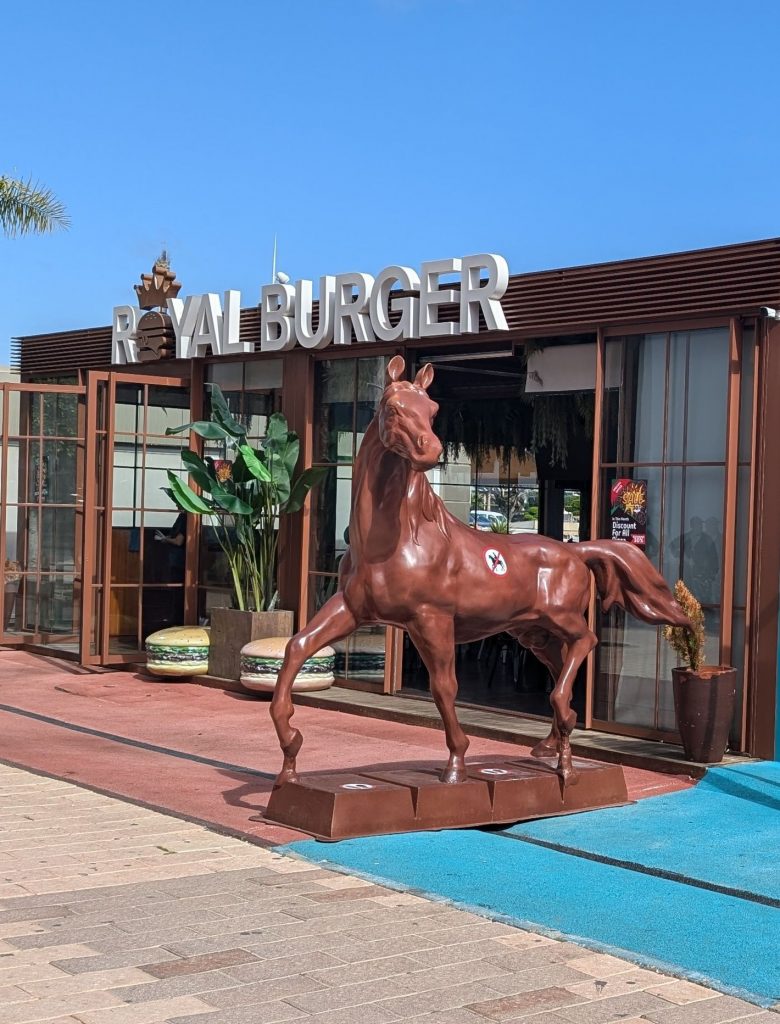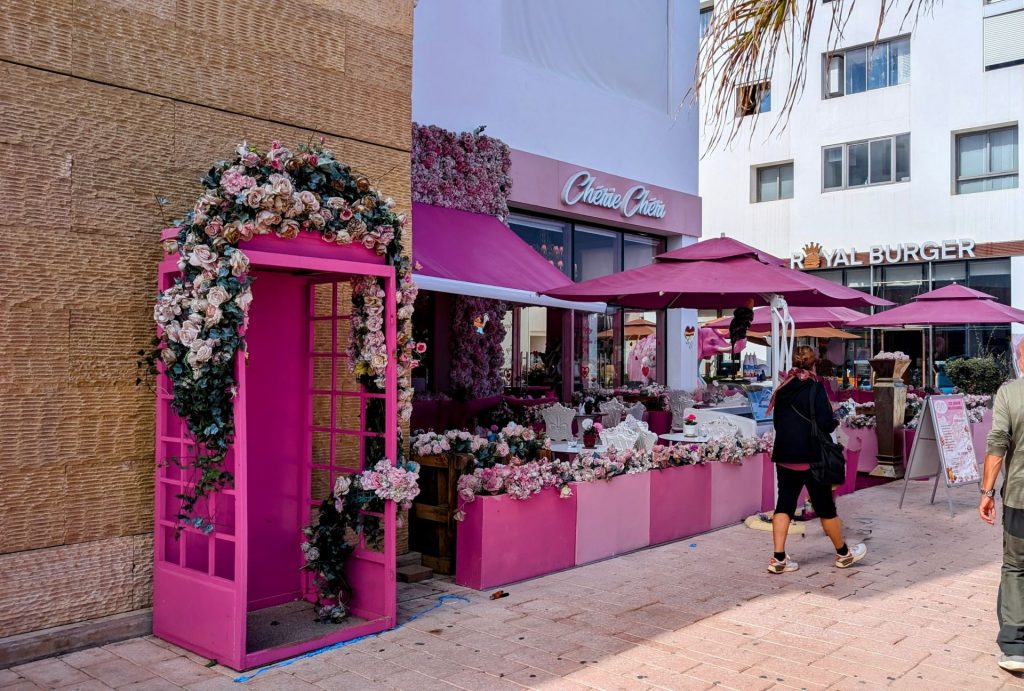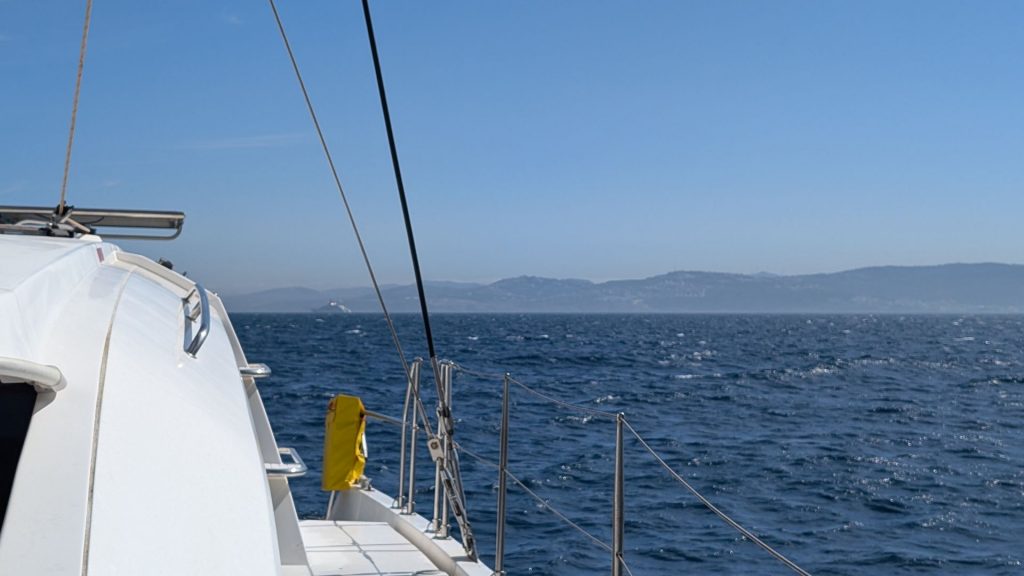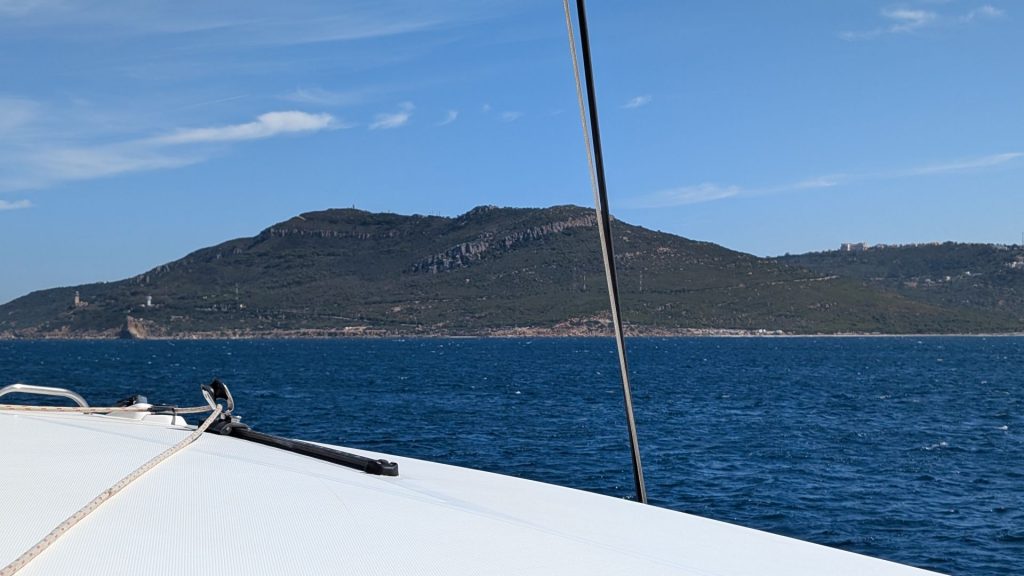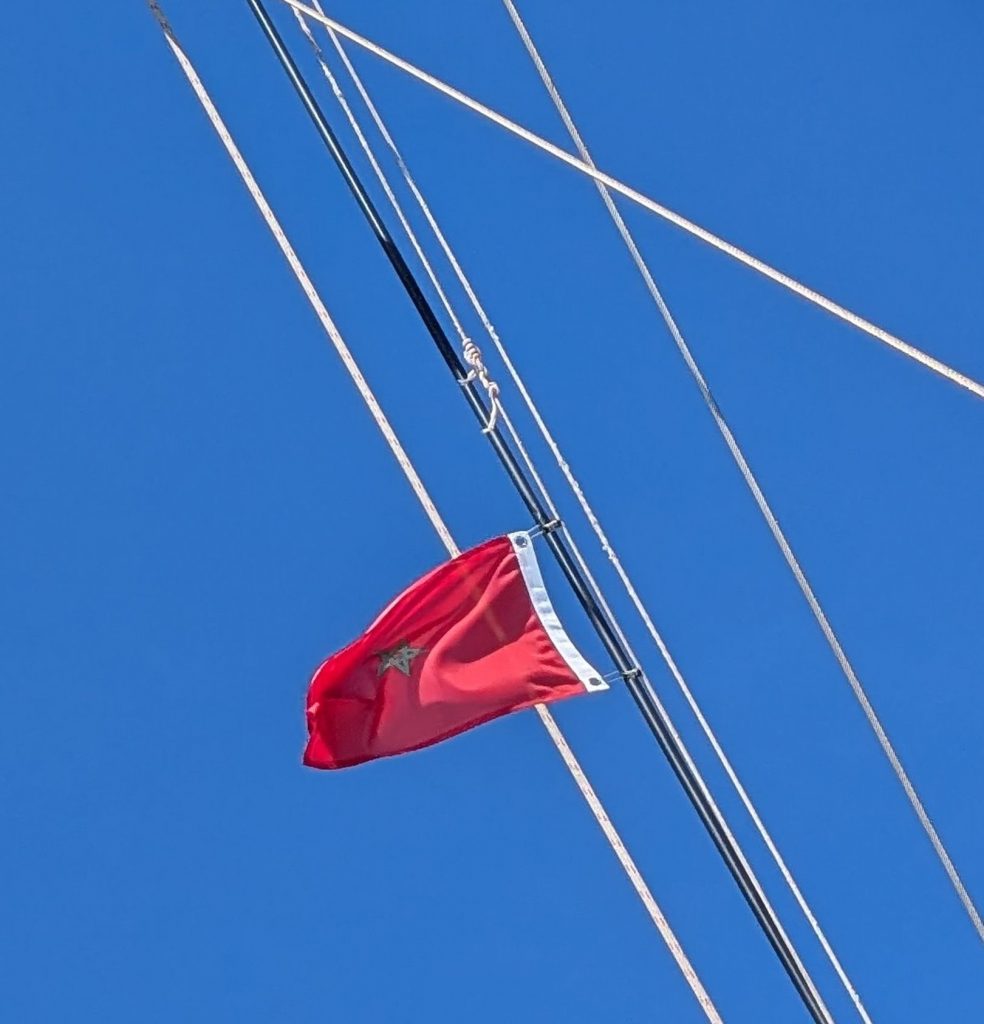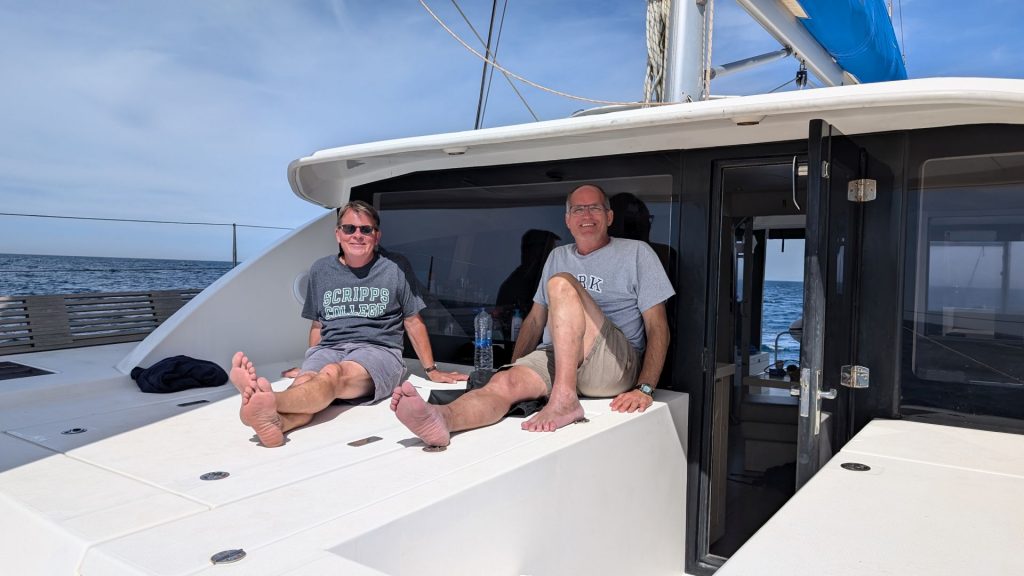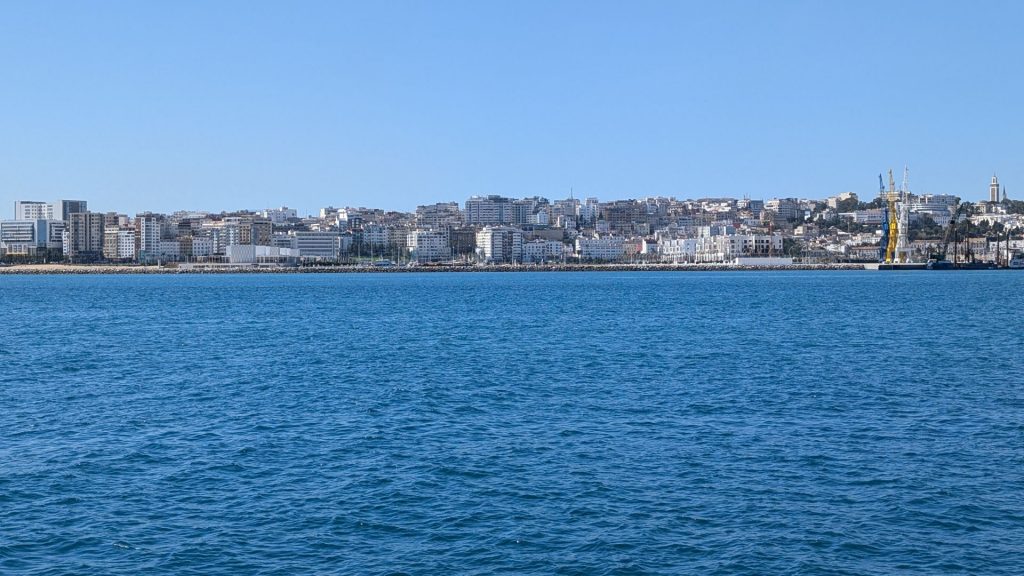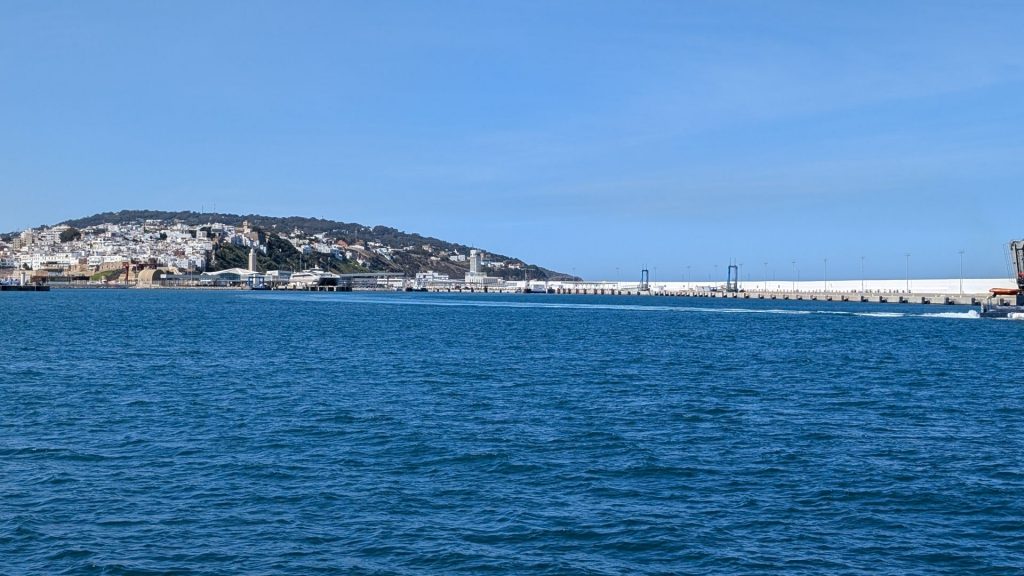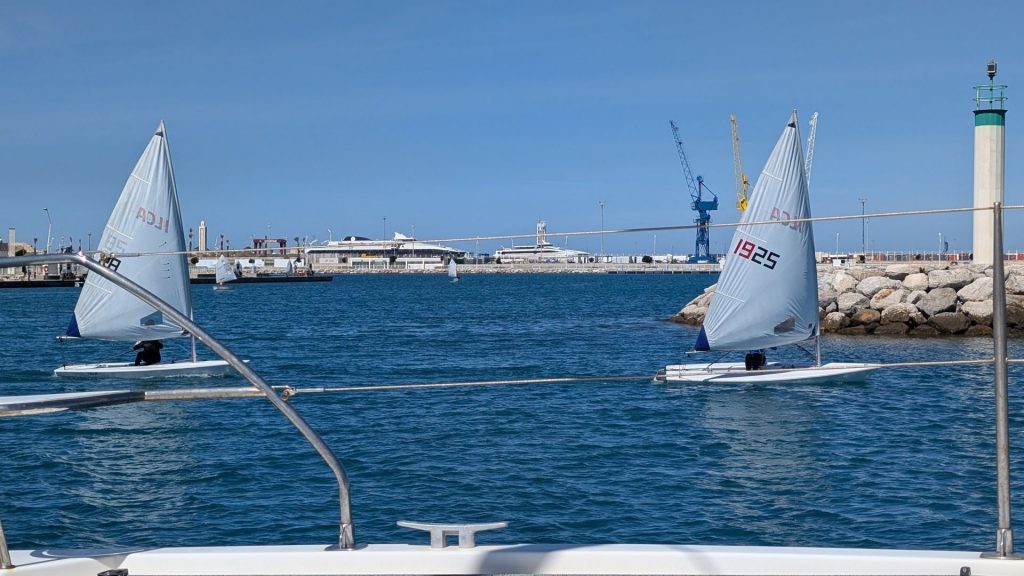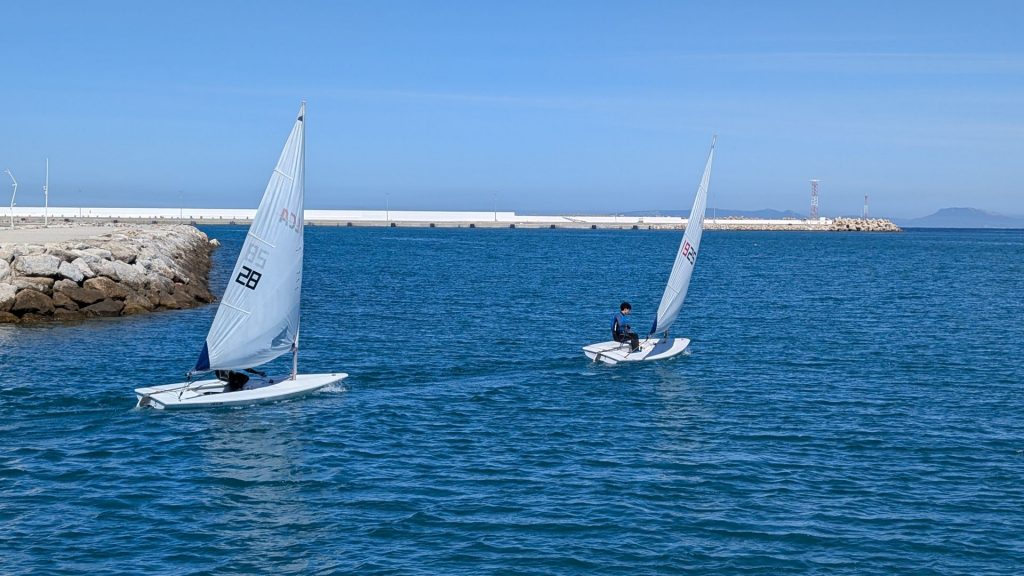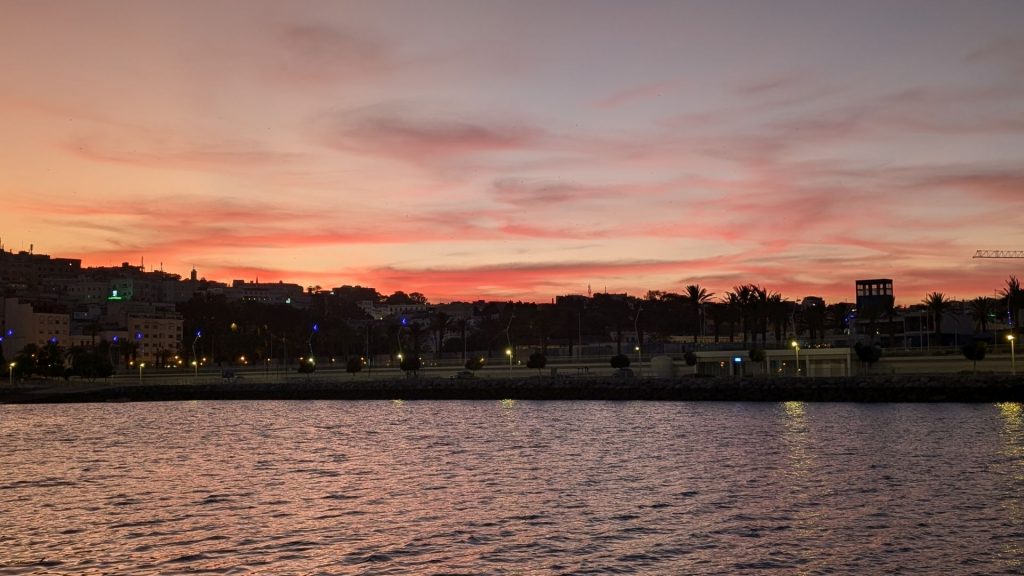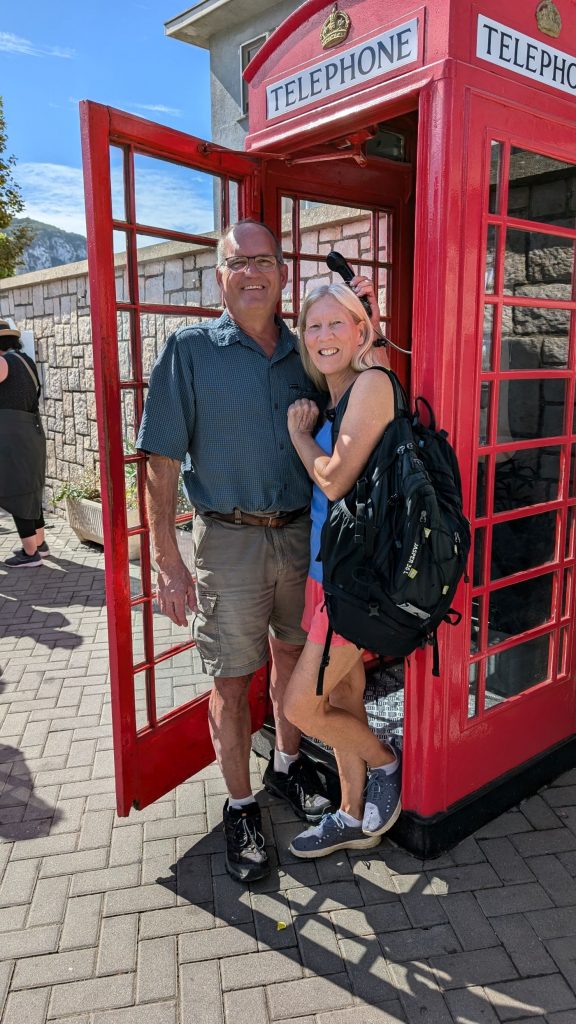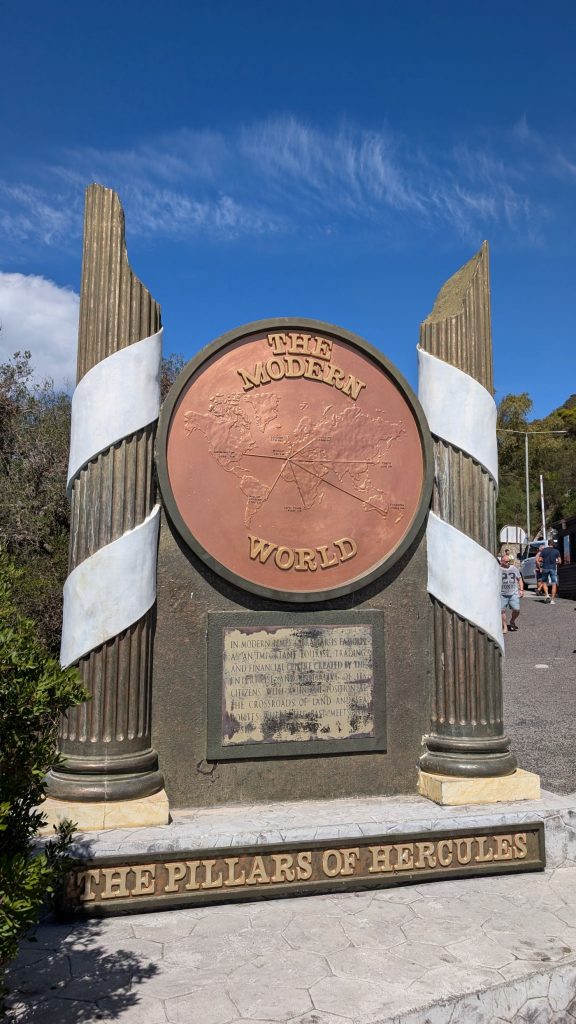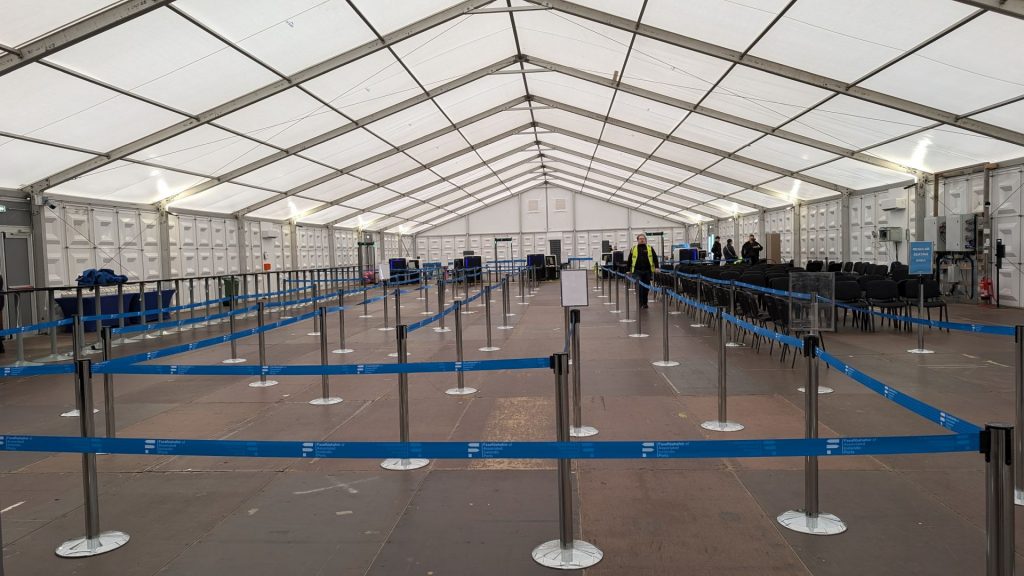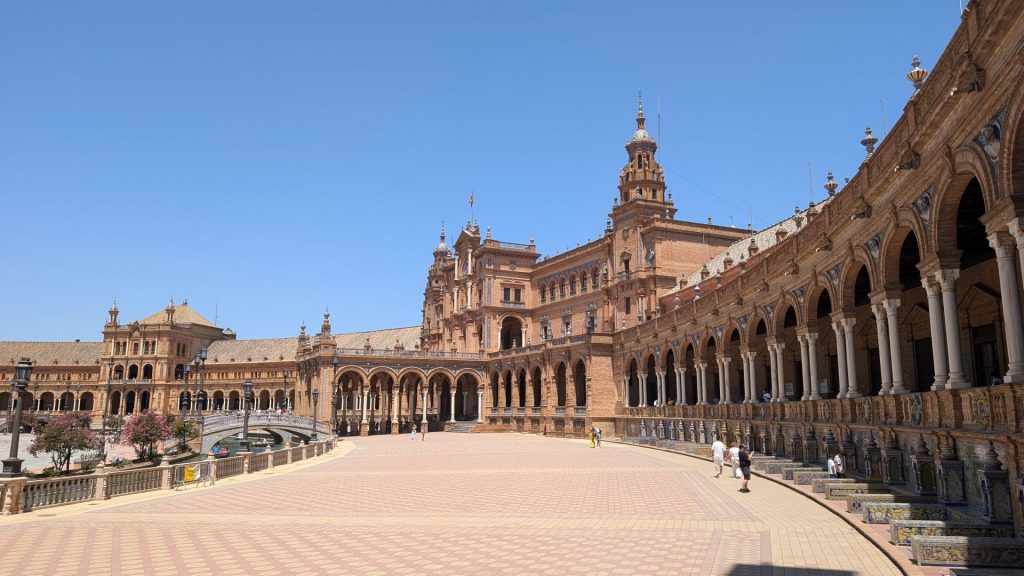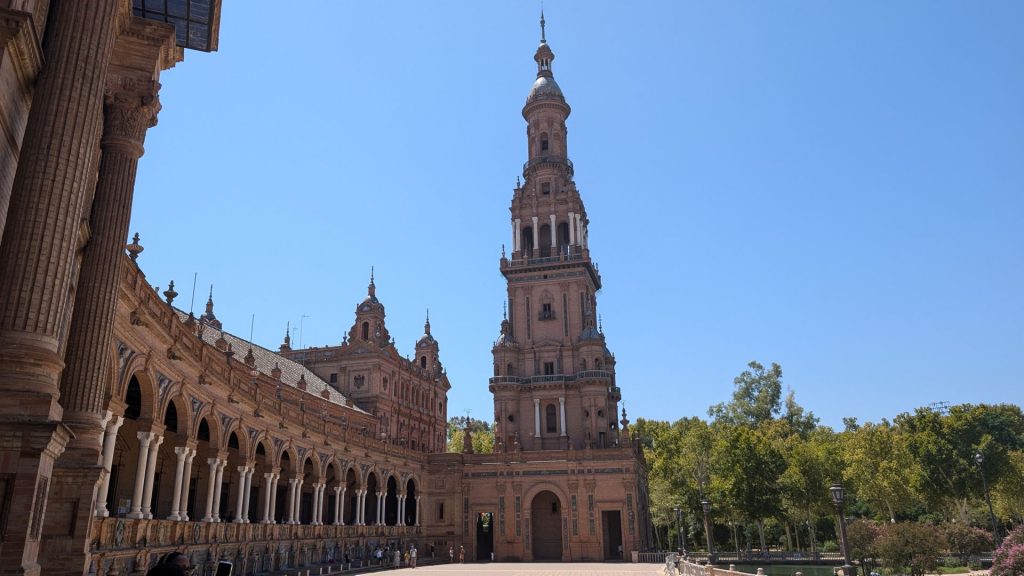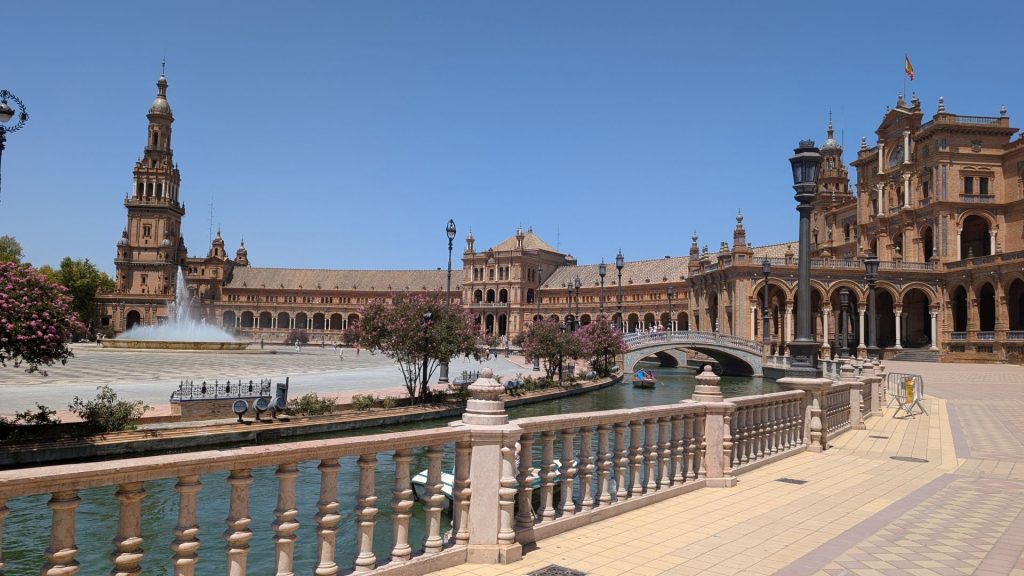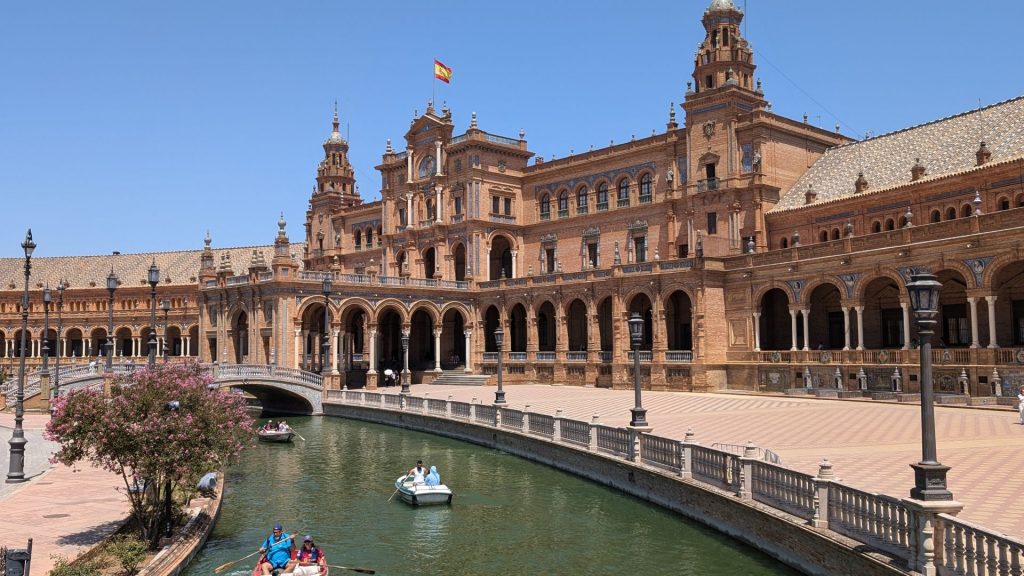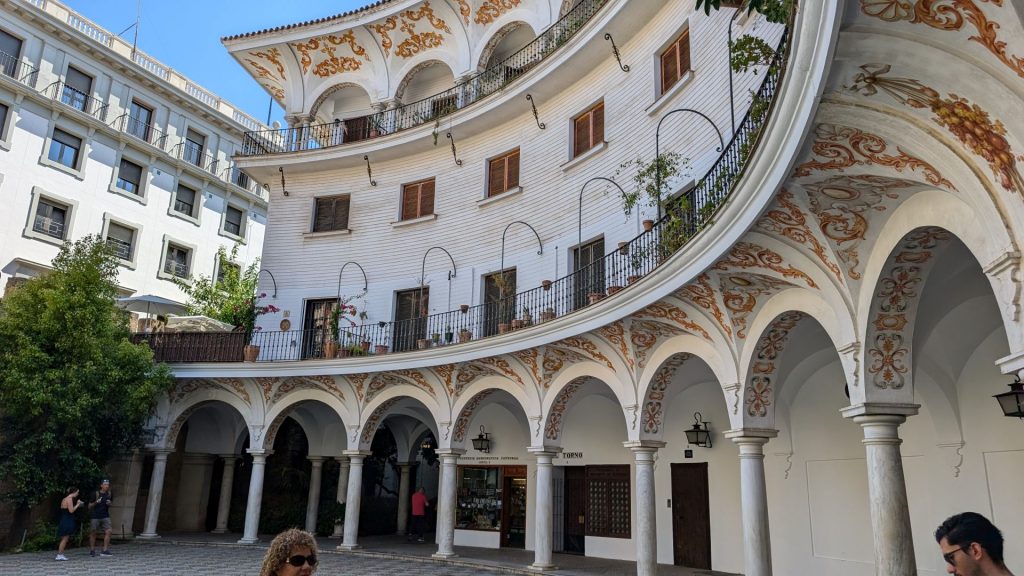Michael and I stayed at Marina Rubicon until October 24th. I worked quite a bit on this blog (I am always behind, it seems!), we went for walks, and pretty much chilled.
We sailed overnight to Tenerife on October 24-25. We took a few days to plan our road trip then left on November 1st. Little did we know just how beautiful Tenerife would be!
We took two beautiful hikes today. The first one was Sendero de los Sentidos.
The Sendero de los Sentidos is a natural treasure that runs through a laurel forest and will delight walkers thanks to its biodiversity, unique in Europe. At one point the path descends to the Mirador del Llano de los Loros (an observation deck), where you can enjoy views of Santa Cruz de Tenerife and the Barranco y Presa de Tahodio (Tahodio dam ravine). The Path of the Senses is conceived as a sensory journey in which you can enjoy nature in all its fullness not only with sight, but also with smell, touch and, why not, hearing. . .
Stats:
Distance: 1.4 km
Duration: 32 minutes
Elevation: 79m rise
Route: Circular
Map:
I was reminded somewhat of the UK with all of the green!
Continue reading
